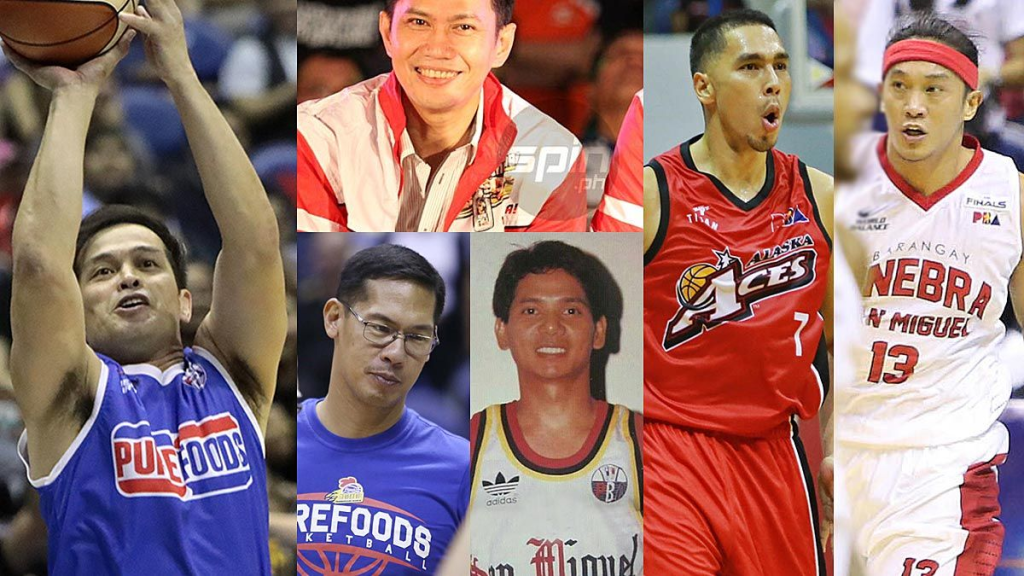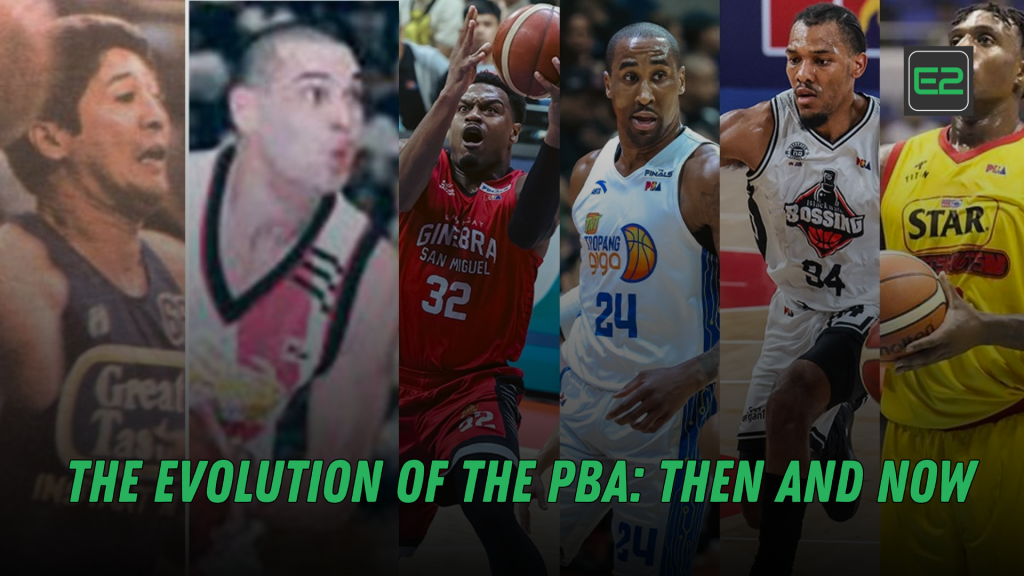Table of Contents
A League Steeped in History
The Philippine Basketball Association (PBA) holds the distinction of being the first professional basketball league in Asia, and one of the oldest in the world after the NBA. Since its founding in 1975, the PBA has gone through decades of transformation—mirroring shifts in Filipino sports culture, media, and society itself.
This article explores the evolution of the PBA, comparing its early beginnings to its current state. It highlights changes in gameplay, players, fan engagement, media exposure, and its impact on the Filipino identity.
Philippine Basketball Association Origins: Humble Beginnings and Rapid Growth
The PBA was founded on April 9, 1975, after several commercial teams broke away from the now-defunct MICAA (Manila Industrial and Commercial Athletic Association). The move was groundbreaking: it signaled the birth of professional sports in Southeast Asia, giving basketball players contracts, salaries, and commercial platforms.
Early Highlights:
- First game: Toyota vs. Concepcion Carrier (April 1975)
- Founding teams included Toyota, Crispa, U/Tex, and Tanduay
- Early rivalries, especially Toyota vs. Crispa, became cultural events
In the 1970s and 1980s, the PBA was the premier entertainment sport in the country, with packed arenas and prime-time TV slots.

The Golden Era: 1980s to Early 1990s
Many consider this period the Golden Age of the PBA. Legendary players became household names, and the league attracted fans from all walks of life.
Notable Icons:
- Robert Jaworski – The charismatic leader and crowd favorite
- Ramon Fernandez – Versatile and statistically dominant
- Allan Caidic – The “Triggerman” known for his deadly shooting
- Benjie Paras – The only rookie-MVP in league history
PBA games were covered extensively on television and in print, with some matches drawing national attention akin to political events or entertainment shows.

Then vs. Now: Key Differences in Gameplay
The early decades of the PBA were characterized by physicality and grit. The modern PBA, on the other hand, has shifted to speed, space, and finesse—a reflection of global basketball trends.
THEN:
- Slower, more deliberate pace
- Isolation-heavy offense
- Emphasis on physical defense and hard screens
- Shorter player rotations
NOW:
- Faster, up-tempo style
- Three-point shooting and ball movement
- Sophisticated play-calling and analytics
- Greater focus on conditioning and sports science
Foreign Reinforcements: Import Culture Then and Now
Since the league’s inception, the PBA has allowed imports (foreign players) during certain conferences, especially in the Commissioner’s Cup and the Governor’s Cup.
Evolution of Imports:
- Then: Big, dominant centers (e.g., Billy Ray Bates, Norman Black)
- Now: More versatile players (guards, wings) who complement local stars
- Focus has shifted from pure dominance to team chemistry and adaptability
These foreign players not only elevate the level of play but also serve as cultural bridges, bringing international basketball closer to Filipino fans.

Media and Fan Engagement
In the past, the PBA was a TV ratings juggernaut. Fans would rush home to catch games on free-to-air networks. But with the rise of digital media, the PBA had to adapt.
THEN:
- Exclusive TV coverage (e.g., Vintage Sports, ABC5)
- Radio and newspaper commentary
- Limited access to provincial fans
NOW:
- Live streaming via mobile apps and social platforms
- Interactive fan engagement via Twitter, Facebook, and YouTube
- More comprehensive player profiles, behind-the-scenes content, and analytics
Despite the shift, the challenge remains: How does the PBA retain relevance in a fast-changing digital and global sports ecosystem.
From Bataan to the NBA: Filipinos Making Amazing Waves Internationally
Talent Development and Collegiate Influence
One key difference between early PBA and now is the quality of grassroots and collegiate programs feeding into the league.
Modern Pathways:
- UAAP and NCAA stars now enter the draft with large fan followings
- Players like Scottie Thompson, CJ Perez, and Calvin Oftana arrived well-prepared, physically and mentally
- Stronger training systems, overseas camps, and exposure tournaments
This evolution has led to higher-level competition, even if some critics argue that the PBA needs more innovation to stay ahead of international leagues like the KBL (Korea), B.League (Japan), or ASEAN Basketball League.
Challenges Facing the Modern Philippine Basketball Association
While the league continues to have a loyal following, it faces multiple challenges in the modern era.
Key Issues:
- Talent drain to international leagues offering higher salaries
- Declining in-arena attendance and TV viewership
- Stiff competition from online content and global basketball exposure
- Calls for league restructuring, including shorter seasons and more balanced teams
Still, the PBA remains an integral part of Philippine culture, and efforts are ongoing to modernize operations while preserving its identity.
Impact of the Philippine Basketball Association on Filipino Culture
The PBA has shaped Filipino culture in profound ways:
- Made basketball a national passion
- Turned players into role models and celebrities
- Provided economic opportunities for athletes, coaches, and communities
- Served as a platform for unity, especially during national crises and social transitions
Even during the pandemic, the PBA found ways to hold a “bubble season,” reminding fans of the league’s resilience and relevance.
A Legacy in Motion
From the hardwood battles of Jaworski and Fernandez to the fast-paced shootouts of today’s rising stars, the PBA has seen tremendous evolution. What remains unchanged is its deep-rooted place in Filipino identity.
The league may no longer enjoy the monopoly of attention it once had, but it continues to be a crucible of Filipino talent, tradition, and transformation. As long as basketball is loved in the Philippines, the PBA’s story will continue.
Be Part of the Philippine Basketball Association‘s Future
What era of the PBA do you love the most — the old-school rivalries or the modern, fast-paced game?
Share your thoughts in the comments below and tell us your favorite PBA moment of all time. For more in-depth sports history, player features, and league updates, subscribe to our newsletter and follow our official sports blog.
Let’s celebrate the past while building the future of Philippine basketball.

